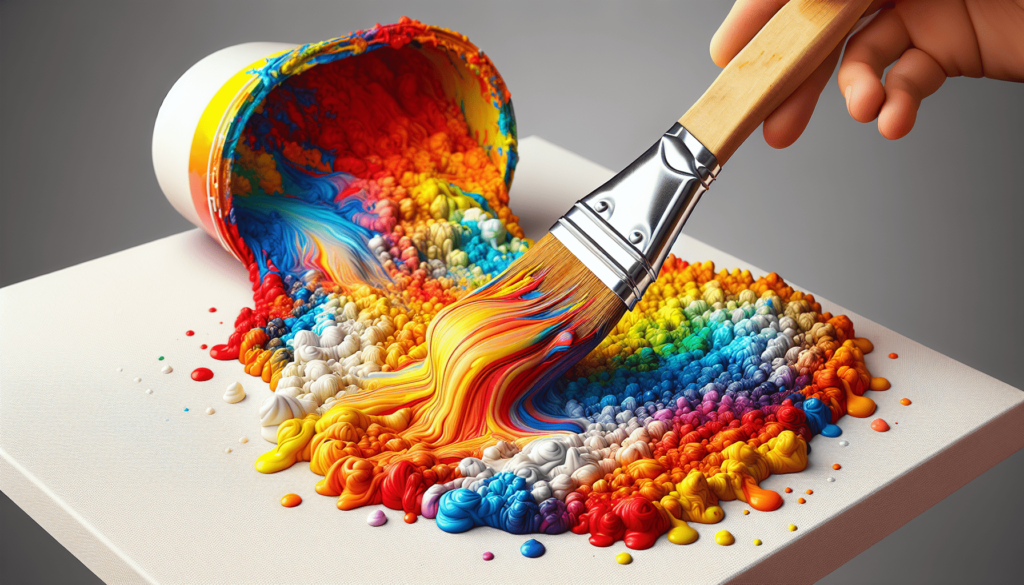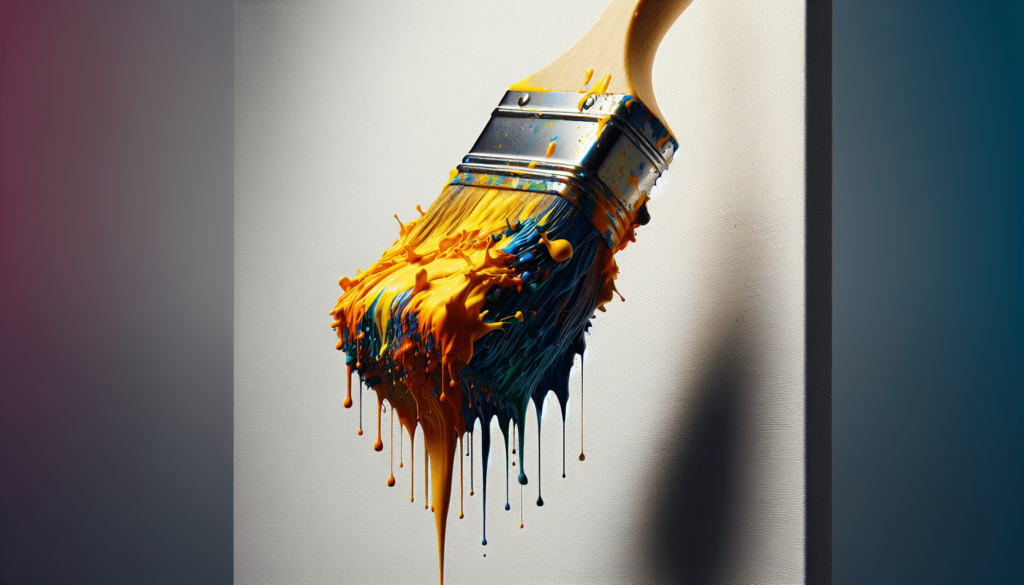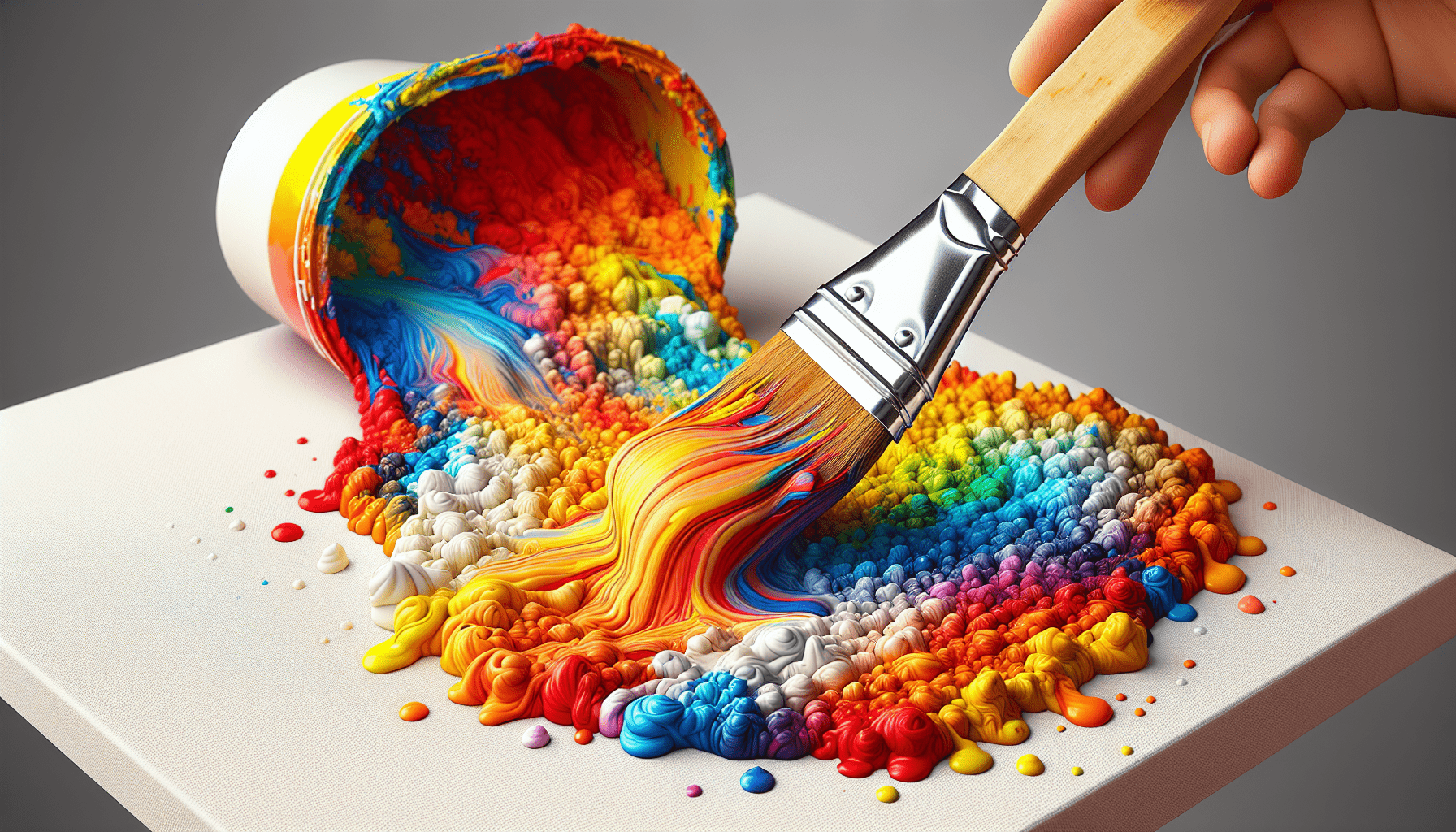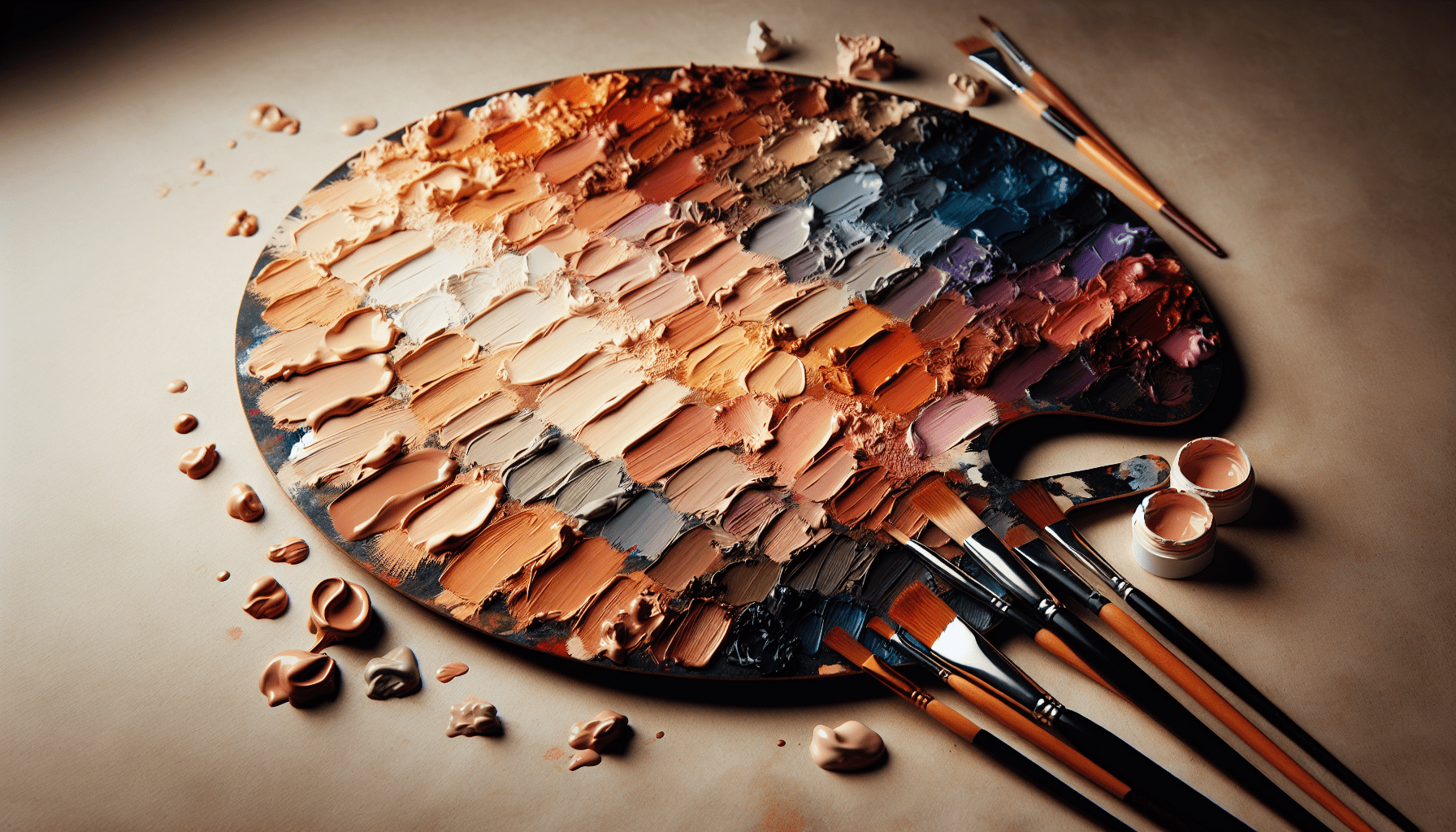Have you ever wondered whether poster paint can be effectively used on canvas? As an artist, understanding your tools and materials is fundamental to achieving the best results in your work. This article will delve into the suitability of poster paint on canvas, unpacking the characteristics of both the medium and the surface, and providing you with essential tips to make an informed decision.

What is Poster Paint?
Poster paint, also known as tempera paint, is a water-based medium renowned for its vibrant colors and ease of use. Commonly used in schools and art workshops, it offers a practical and inexpensive way to create colorful artwork. Poster paint dries quickly and is easy to clean up, making it a popular choice among beginners and children. However, understanding its composition and properties is essential to determine its appropriateness for use on different surfaces.
Composition and Properties of Poster Paint
Poster paint consists of pigment, a binder, and water. The binder, often an emulsion, binds the pigment particles together and facilitates their adhesion to the painting surface. Let’s break down each component:
| Component | Role | Description |
|---|---|---|
| Pigment | Color | Provides the paint’s hue and opacity. Various pigments can be used, including synthetic and organic. |
| Binder | Glue | Holds the pigment together and ensures it adheres to the surface. This is usually a type of emulsion. |
| Water | Solvent | Acts as the carrier medium, evaporating as the paint dries. |
These components work together to create a paint that is easy to spread and quick to dry, ideal for classroom settings. However, its suitability for canvas requires further examination.
What is Canvas?
Canvas is a traditional painting surface favored by many artists for its durability and versatility. It is typically made from linen or cotton, stretched tightly over a wooden frame. Canvas can be purchased in a variety of forms, including pre-stretched, rolled, and canvas panels. Understanding the properties of canvas will help you gauge whether poster paint is a suitable medium.
Types of Canvas
There are different types of canvas available, each with unique characteristics:
| Type | Material | Description |
|---|---|---|
| Linen | Flax | Considered the highest quality and most durable. It has a smoother surface texture. |
| Cotton | Cotton fiber | More affordable and commonly used; it has a coarser texture compared to linen. |
| Synthetic | Man-made | Often used for convenience, resistant to environmental factors. |
Regardless of the type, canvases are typically primed with gesso before painting to create a more adhesive and less absorbent surface. This primer is crucial in examining whether poster paint can be used effectively on canvas.
Can Poster Paint Be Used on Canvas?
Now that you understand both poster paint and canvas, the critical question remains: can poster paint be used on canvas? While the answer is yes, it comes with several caveats.
Adhesion
One of the main issues with using poster paint on canvas is adhesion. Unlike acrylic or oil paints, poster paint may not bind as effectively to the canvas surface. This can lead to issues with flaking or chipping over time. Ensuring the canvas is properly primed with gesso may help improve adhesion, but it cannot fully guarantee long-term durability.
Durability and Lifespan
Poster paint is not designed for permanence. It tends to be more susceptible to environmental factors such as humidity, light, and temperature changes. This susceptibility can lead to fading and degradation over time. For professional or long-lasting artwork, this may not be acceptable.
Water Resistance
Because poster paint is water-based, it lacks water resistance once dry. Any exposure to moisture could re-activate the paint, causing potential smearing or running. For artwork intended for display or sale, this represents a significant drawback.
Steps to Use Poster Paint on Canvas
Despite its disadvantages, if you choose to use poster paint on canvas, there are steps you can take to improve the outcome:
- Prime the Canvas: Always apply a layer of gesso to your canvas. This helps create a barrier that improves paint adhesion and prevents the paint from soaking into the canvas fibers.
- Use Thin Layers: Poster paint can crack when applied too thickly. Use thin, even layers to build up your color. Allow each layer to dry completely before applying the next.
- Seal the Painting: Once your painting is complete and fully dry, apply a clear sealant to protect the surface. This adds a layer of protection against environmental factors and can help to ensure your artwork lasts longer.
- Avoid Excessive Handling: Handle your finished artwork with care to prevent smudging or damage. Frame the piece under glass if possible to provide additional protection.

Alternatives to Poster Paint
Given the limitations of poster paint on canvas, you may want to consider other types of paint that are more suited to this surface:
Acrylic Paint
Acrylic paint is water-based but dries to a durable, water-resistant finish. It adheres well to primed canvas and is available in a wide variety of colors. Acrylic paint offers greater flexibility, longevity, and vibrancy compared to poster paint.
Oil Paint
Oil paint is another traditional medium known for its rich colors and blendability. It takes longer to dry but provides excellent adhesion and durability. Oil paint can be more challenging to work with and requires solvents for cleaning brushes, but the results are often worth the extra effort.
Gouache
Gouache is somewhat of a hybrid between watercolor and acrylic paint. It offers vibrant colors and can be reactivated with water, similar to poster paint. While not as durable as acrylic or oil paint, gouache provides better adhesion and longevity compared to poster paint.
Conclusion
In conclusion, while poster paint can be used on canvas, it is not the ideal medium for this surface due to issues with adhesion, durability, and water resistance. If you decide to proceed, taking steps like priming the canvas and sealing the finished piece can help improve the outcome. However, for professional or long-lasting artwork, exploring alternatives like acrylic, oil, or gouache paints is advisable. By understanding the properties of your materials and making informed decisions, you can achieve the best possible results in your artistic endeavors.



